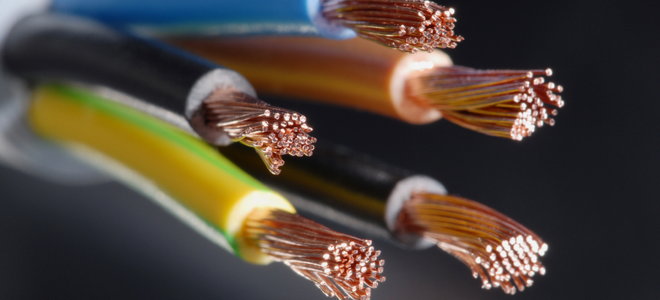Unraveling the Differences Between Copper Wire and Cable

In the world of electrical engineering and telecommunications, the terms "copper wire" and "cable" are often used interchangeably, but they actually refer to distinct components with unique characteristics and applications. Understanding the differences between copper wire and cable is crucial for anyone working in these industries. Let's delve into the intricacies of these essential materials to shed light on their individual roles and functionalities.
- Composition and Structure:
Copper wire is a single, solid strand of copper metal, typically used for simple electrical connections or as a conductor in various applications. On the other hand, a cable consists of multiple copper wires bundled together and insulated within a protective sheath. Cables can contain several conductors, each serving a specific purpose, such as power transmission, data transfer, or signal communication. - Functionality and Versatility:
Copper wire is primarily used for basic electrical wiring tasks, such as connecting components in circuits or creating simple connections. It is flexible, easy to work with, and cost-effective. In contrast, cables offer a more versatile solution for transmitting different types of signals over longer distances. They provide enhanced protection against interference and environmental factors, making them suitable for complex networking systems and telecommunications infrastructure. - Applications and Industries:
Copper wire finds widespread use in residential and commercial buildings for electrical wiring, grounding, and small-scale projects. It is also utilized in crafting jewelry and art due to its malleability and conductivity. Cables, on the other hand, are indispensable in industries like telecommunications, data centers, automotive manufacturing, and aerospace, where reliable and efficient signal transmission is paramount. - Performance and Durability:
While copper wire is sufficient for basic electrical connections, cables are engineered to meet higher performance standards. They undergo rigorous testing for factors like signal integrity, insulation resistance, and temperature tolerance to ensure reliable operation in demanding environments. Cables are designed to withstand mechanical stress, temperature fluctuations, and electromagnetic interference, making them ideal for critical applications that require uninterrupted connectivity. - Environmental Impact and Sustainability:
Both copper wire and cables have environmental implications due to the mining and extraction of copper ore. However, recycling copper is a sustainable practice that reduces the need for new mining and minimizes waste. Copper is a highly recyclable material, and reusing it in the production of new wires and cables helps conserve natural resources and reduce carbon emissions.
In conclusion, the distinction between copper wire and cable lies in their composition, functionality, applications, performance, and environmental considerations. While copper wire serves basic electrical needs, cables offer a more sophisticated solution for complex communication systems. Understanding the unique properties of each component is essential for selecting the right material for specific projects and ensuring optimal performance and reliability.


